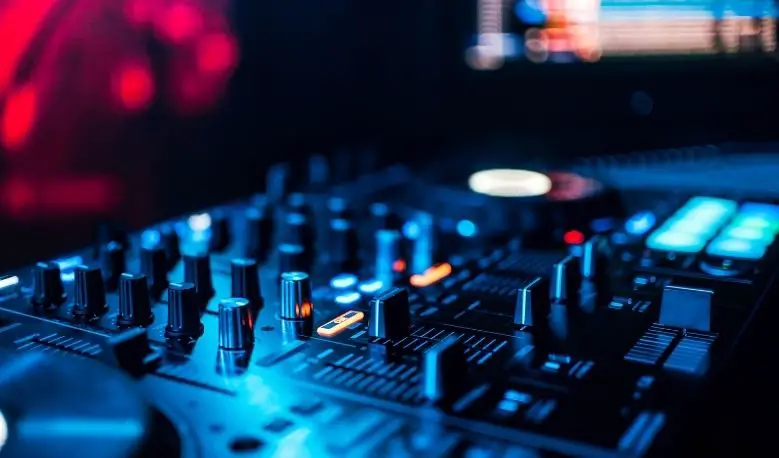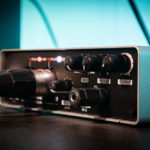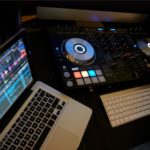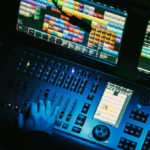A DJ mixer can be a confusing bit of kit, and it’s easy to get confused by each knob and slider and what the function is of each.
You may have heard your other DJ friends use the word ‘channel’ before, and you had a vague idea of what they mean but now want to learn its function in your DJ setup.

Channels are a pretty simple concept, and when you understand it, they will help you get the best out of your DJ mixer.
This can also be important if you are thinking about upgrading your current mixer or controller. You might want to know what benefits to having more than two channels and why entry-level controllers only have two channels anyway.
Learning about channels will help you understand how your hardware works and interacts with software.
Learning how channels work and the function of having individual channels can help you get to grips with the basics of mixing and why something like a channel is beneficial to a sound engineer and a DJ.
What Is A Channel?
In general terms, a channel is essentially a created path for something to run through it. Think of a channel as a sort of tunnel through which things can be directed.
For example, it can be considered a sort of channel TV channel. In a non-physical space where one TV channel is broadcast, you have to switch channels to view another TV broadcast.
In musical terms, in its most basic form, a channel is the non-physical passageway through which a musical input runs through to another single point.
So when I plug my electric guitar into an amp, the wire is the physical channel through which the guitar and amp communicate via signals.
This means that if a live band is playing, each instrument will have an individual channel so that multiple audio signals can be output simultaneously and controlled with one system.
If the guitar and bass were in the same channel, you wouldn’t be able to hear one from the other. This is why channels exist in music so that multiple ‘things’ (a song or instrument, etc.) can be outputted at the same time.
Having individual channels means that you can control each channel individually, allowing you to balance their volumes and equalize their sound.
This would not be possible if they were all being played through one channel, you would be able to pick a bass out from a guitar, nor would you have any control.
How Are Channels Used In Mixing?
There will usually be two turntables/CDJs on your typical DJ setup or an all-in-one controller. These will be connected using a DJ mixer which is where you will find the channel faders.
Usually, most entry-level DJ mixers only have two channels. Each channel can play one song, and a mixer will enable you to mix two songs together because they aren’t coming out of the same channel.
Having each song in an individual channel means that you can also apply effects and use the features of your mixer to alter each song. The separate channels mean adding different effects to each song without them clashing.
Moreover, having multiple separate channels means that you can individually balance each track separately with the mixer’s equalizer.
Do You Need 4 Channels To DJ?
If you have ever watched a Youtube video of your favorite DJ, or maybe your friend has an expensive DJ controller, then you might have seen a DJ using four different channels at one time.
While this can seem impressive, while also tricky, you don’t need to have four channels to mix.
The minimum amount of channels you can have to mix is two. This is because you can’t mix one song; you need two to create a mix.
DJs use four channels to make their mixes more complicated and layered.
Some entry-level mixers have four channels; however, this doesn’t always mean you can use effects and simultaneously on all of them.
Most entry-level DJ mixers only have two channels. The more channels you have means more hardware, which always translates to more money.
What is more, if you are a beginner DJ, you should focus on getting used to two channels rather than trying to handle more than one thing at a time.
If you are using a mixer for a live band, you will have many more channels than the usual two or four that you see in DJing. You could potentially have up to 20 or more, depending on how many mics and instruments you have.
Each instrument and microphone will require its own channel to be heard and mixed.
In this situation, it takes a lot more attention to balance 20 individual channels than balancing two.
We hope you love the products we recommend. We may collect a commission if you purchase through one of our links. This doesn't cost you anything extra. If you do, thank you! As an Amazon Associate, I earn from qualifying purchases.






